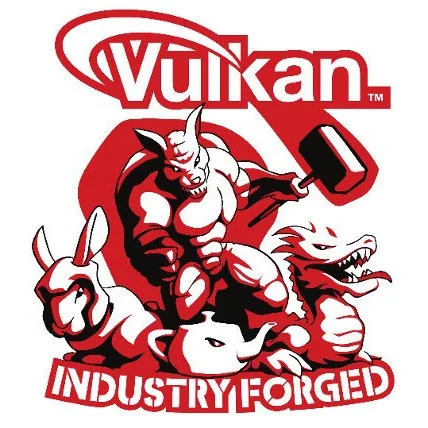Vulkan 1.3.249 Introduces New Ray-Tracing Extension

VK_KHR_ray_tracing_position_fetch is the lone new Vulkan extension of the v1.3.249 spec update. With VK_KHR_ray_tracing_position_fetch there is the ability to fetch the vertex positions in the shader from a hit triangle as stored within the acceleration structure. VK_KHR_ray_tracing_position_fetch was crafted by engineers at NVIDIA, AMD, Epic Games, Samsung, Intel, and others.
"VK_KHR_ray_tracing_position_fetch adds the ability to fetch the vertex positions in the shader from a hit triangle as stored in the acceleration structure.
An application adds VK_BUILD_ACCELERATION_STRUCTURE_ALLOW_DATA_ACCESS_KHR to the acceleration structure at build time. Then, if the hit is a triangle geometry, the shader (any-hit or closest hit for ray pipelines or using ray query) can: fetch the three, three-component vertex positions in object space, of the triangle which was hit."
More details on the Vulkan 1.3.249 changes and the other maintenance fixes/clarifications to the spec can be found via this Vulkan-Docs commit.
1 Comment

